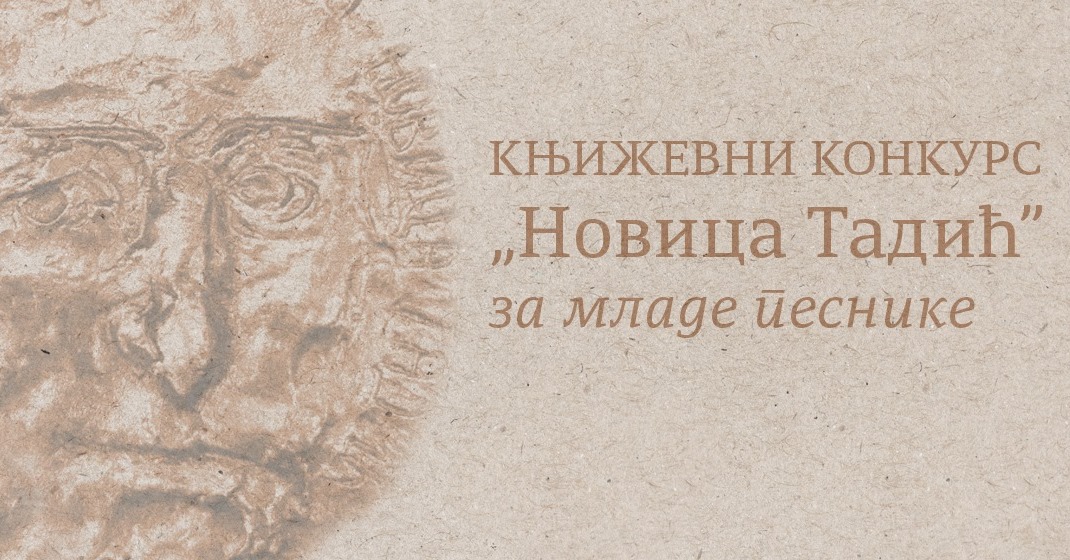The word amateur comes from the Latin amator – the one who loves. The same is the meaning of the French word l’ amateur, adapted in Serbian. However, amateurs’ associations were and still are the first instance for many established professional artists. The one who loves art can pursue personal interests as an amateur.
Amateurs are active in various forms of artistic creativity: fine arts, drama, literature, performing arts, literature, film, photography, etc. Most of the amateurs’ associations in Serbia are amateurs’ folklore groups. The research focused on the latter.
Amateurs’ folklore groups primarily practice and perform traditional dances, music, songs, and customs. Also, they often organize other cultural programs like exhibitions, lectures, and workshops to promote and safeguard the intangible cultural heritage of Serbia. Such activities are on Article 8 of the Law on Culture list. Furthermore, the law on Culture in Article 72 defines amateurism in culture and arts as “activities of individuals and groups who create and perform arts without material compensation.” According to this article, the Law on associations regulates the work of amateurs groups and the networks they create.
The work of amateurs’ folklore groups relates to recent theories in folkloristics, ethnology, cultural participation/cultural studies, and safeguarding intangible cultural heritage in Serbia. As such, it contributes to the public interest in the domain of culture defined in Article 6 of the Law on Culture.
In line with the Law on Culture, our project aimed to establish facts on the current work of amateurs’ folklore groups in Serbia, the problems they face, the opportunities they perceive, and perspectives of strategic planning for the future of this vital segment of cultural activism.
Researching the work of amateurs’ folklore groups in Serbia involved an electronic survey and interviews with key informants. Altogether, 160 amateurs’ folklore groups in Serbia responded to a survey, and 22% of all amateurs’ associations were registered in the updated Institute for Cultural Development Studies database. Altogether 15 key informants, representatives of amateurs’ folklore groups from Serbia (Bačka Topola, Beograd, Bor, Valjevo, Jagodina (village-based group), Kragujevac, Kraljevo, Stara Pazova, Šabac), coordinators of amateurs’ folklore groups in two cities (Kruševac I Smederevo), representatives of two umbrella organizations (Association of Artistic Amateurs of Vojvodina, based in Novi Sad, and Association of Folklore Ensembles of Serbia, based in Kraljevo), as well as representatives of the Association of Traditional Dances’ Coreographers of Serbia (which is a representative association in culture in the area of researching, documenting, safeguarding and promoting intangible cultural heritage).
The survey questionnaire consisted of 56 questions in the following sections: basic information about the group and membership; employees and associates; budget and financing; space and equipment; repertoire; public performances; cooperation; weaknesses; opportunities; the importance of amateurism; and suggestions for improvements of the position in the cultural system.
Key informants’ interviews were based on a semi-structured questionnaire addressing the working methods and creation of repertoire; perceptions of folklore; practical challenges; good practices; and suggestions for improving the position of amateurism in cultural policy.
In general, amateurs’ folklore groups are often small and local, whose members are interested in learning about and practicing traditional performing arts, spending quality, creative time with other community members, and serving and representing local cultures in the country and abroad. These are also lines in which representatives of amateurs’ folklore groups and their associations perceive the importance of their work – safeguarding intangible heritage, cultural and artistic education of their members, and representing culture by performing in the country and abroad. The greatest strength lies in the positive attitudes of local communities towards amateurs’ associations, which are also perceived as the source of opportunities for the future. Challenges are perceived regarding membership attrition due to the departure of younger members to study and the emigration of adults. Also, inconsistent support of local self-governments is often perceived as a challenge. Threats are perceived regarding inadequate cultural policy in this field nationally, including decisiveness on the possible institutionalization of an umbrella organization(s).
Regarding cultural policy, it is essential to note that the research indicated the importance of amateurs’ folklore groups for active participation in rural areas. Also, it told local models of support for amateurs’ associations which may serve as good practice examples to be set nationally.
The study containing detailed research results is available in Serbian Latin.
Summary in English is available here.
Researchers: Maša Vukanović and Marijana Milankov




